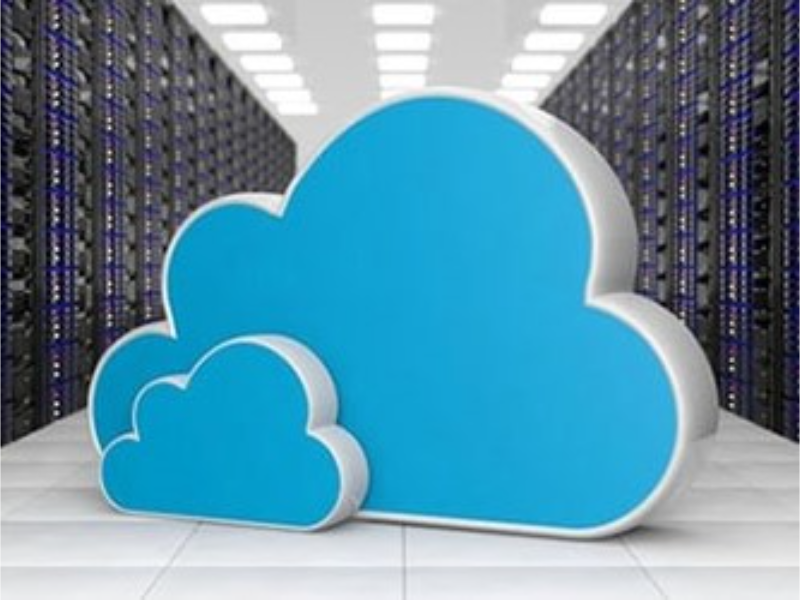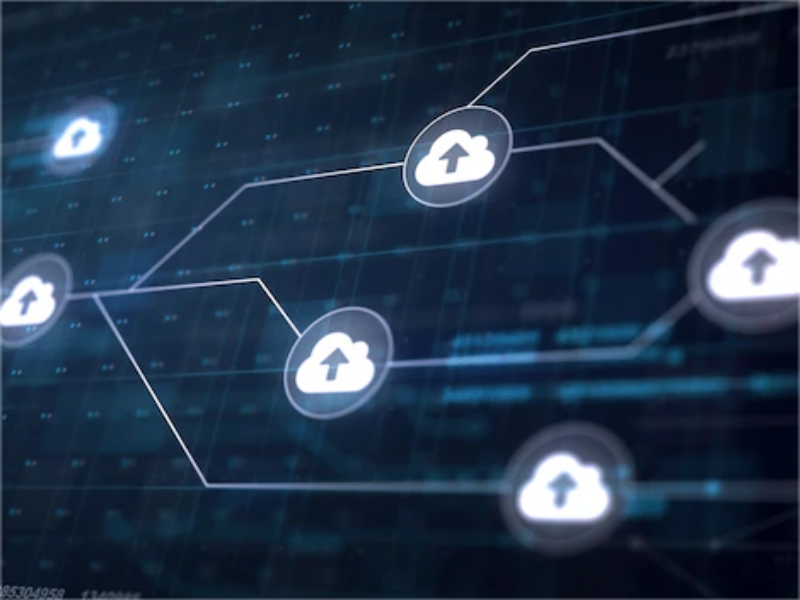- SaaS (Software as a Service) provides cloud-based software accessed via the internet, offering cost-effective and scalable solutions
- Unlike traditional software, SaaS uses a subscription model with automatic updates and is used by companies like Google Workspace and Salesforce
In today’s digital world, software as a service (SaaS) has become a popular choice for businesses and individuals alike. But what exactly is SaaS, and how does it differ from traditional software models? This blog will break down the basics of SaaS, explore its benefits, and show you why it’s changing the way we use software.
Also read: 5 key components of cloud architecture
Also read: Exploring the landscape of cognitive cloud computing
What is SaaS?
Software as a Service (SaaS) is a cloud-based software delivery model where applications are hosted by a third-party provider and made available to users over the internet. Unlike traditional software, which requires installation on individual devices, SaaS allows you to access and use software through a web browser. Popular examples of SaaS include Google Workspace, Salesforce, Dropbox, and Zoom.
The core idea behind SaaS is that the provider hosts, manages, and maintains the software on their servers. This eliminates the need for businesses or individuals to handle updates, security patches, or infrastructure. This makes SaaS a hassle-free and efficient option for users who want access to powerful tools without the complexities of managing them on their own.

How is SaaS Different from Traditional Software?
Traditional software typically follows a one-time purchase model. You buy a copy of the software, install it on your computer, and own the rights to use it for as long as you like. However, this model comes with challenges: you have to handle installations, updates, compatibility issues, and security concerns on your own.
In contrast, SaaS is subscription-based. Users pay a regular fee, typically on a monthly or annual basis, for access to the software. This subscription model ensures that users always have access to the latest version of the software, as updates are automatically handled by the provider. Additionally, because SaaS is cloud-based, it can be accessed from any device with an internet connection, making it much more flexible and accessible than traditional software.
Key Benefits of SaaS

- Cost-Effective: Traditional software often comes with a hefty upfront cost, while SaaS typically operates on a subscription model. This allows businesses to avoid high initial investments and pay only for what they use.
- Scalability: With SaaS, you can easily scale up or down as your business needs change. Whether you’re a small startup or a large enterprise, SaaS offers flexibility to adjust usage based on demand.
- Automatic Updates: One of the main advantages of SaaS is that software updates, bug fixes, and security patches are handled by the provider. This reduces the need for manual updates and ensures that your software is always up-to-date.
- Accessibility: SaaS applications are accessible from anywhere with an internet connection. Whether you’re in the office, at home, or traveling, you can access your software on any device, making it ideal for remote work and collaboration.
- Security: Leading SaaS providers invest heavily in security, ensuring that your data is protected with encryption and other security measures. Since the provider manages the infrastructure, they are responsible for maintaining data integrity and minimizing risks.
Popular SaaS Examples
SaaS is used across a variety of industries and for numerous purposes. Some of the most popular examples of SaaS include:
- Google Workspace: A suite of productivity tools, including Gmail, Google Docs, and Google Drive, used for collaboration and communication.
- Salesforce: A customer relationship management (CRM) platform that helps businesses manage their customer data, sales, and marketing campaigns.
- Dropbox: A cloud storage service that allows users to store, share, and collaborate on files securely.
- Slack: A communication tool that streamlines team collaboration with messaging, file sharing, and integrations with other apps.

